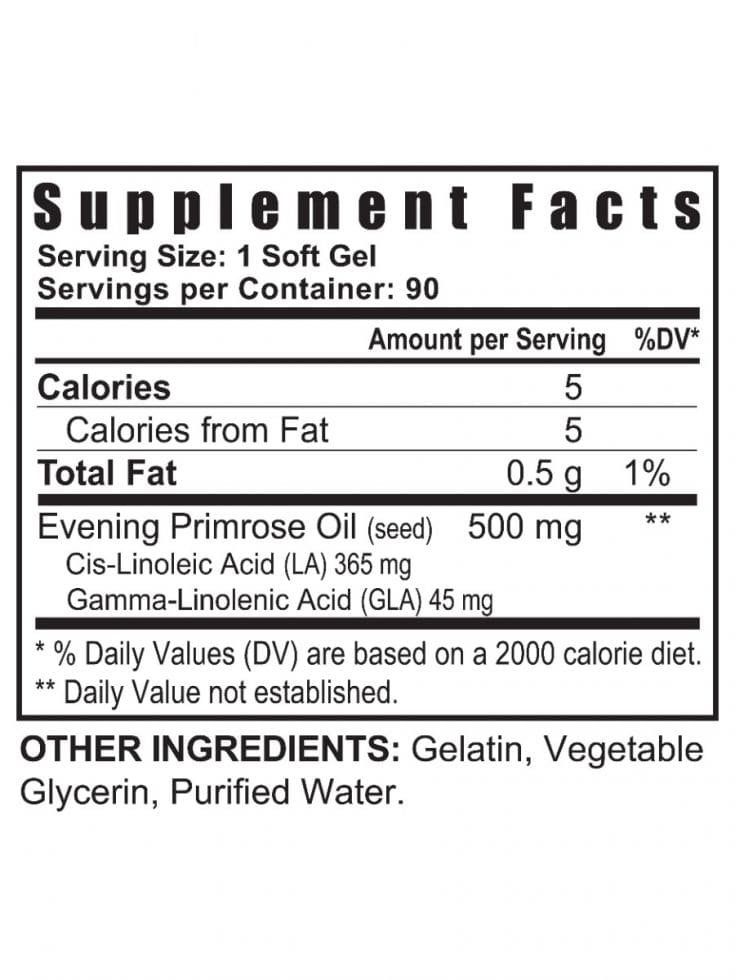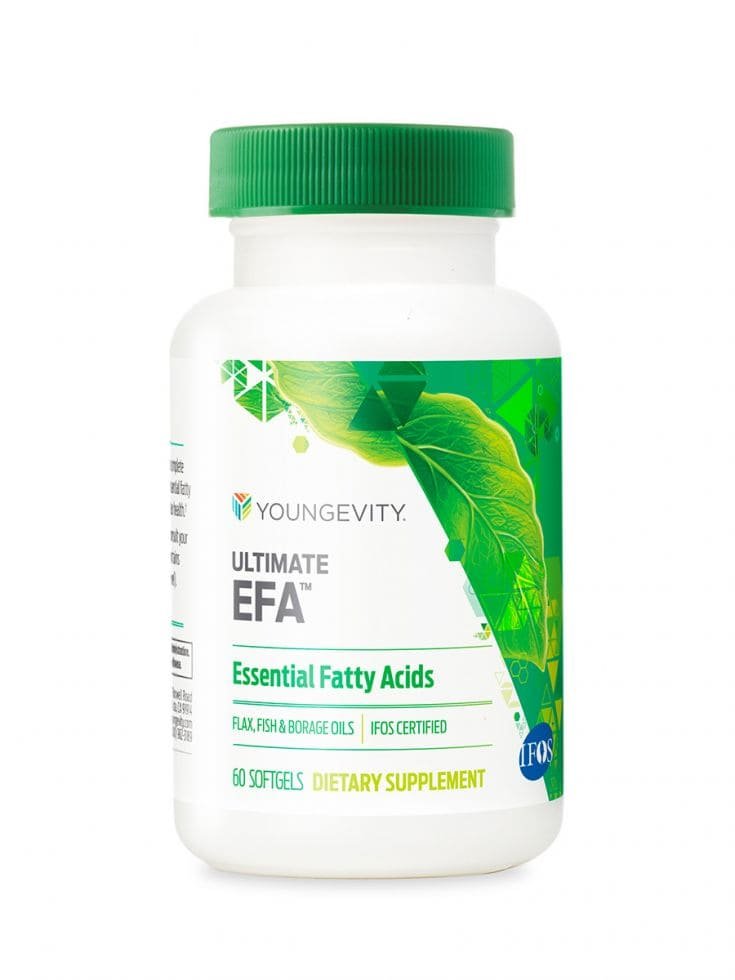Why Choose Ultimate EFA™?
Ultimate EFA™ delivers a balanced combination of omega-3, -6, and -9 fatty acids to support foundational wellness. Sourced from high-quality flax, borage, and fish oils, this blend helps bridge essential nutrient gaps that diet alone may not cover.
Whether you're supporting heart, brain, joint, or skin health, Ultimate EFA™ offers a convenient way to help maintain daily wellness—without added fillers or synthetic ingredients.
Read: The Top 7 Reasons to Supplement with Ultimate EFA Plus™ to learn why Canadians choose it for essential fatty acid support.
Key Ingredients
Alpha Linolenic Acid (ALA): Omega-3 that supports heart and brain function
Linoleic Acid (LA): Omega-6 that contributes to skin health and nutrient metabolism
Oleic Acid (OA): Omega-9 shown to promote cardiovascular wellness
Gamma Linolenic Acid (GLA): Supports inflammation balance and hormonal health
Docosahexaenoic Acid (DHA): Omega-3 that plays a role in cognitive development and cell function
Ingredients
Ingredients: Typical Average Fatty Acid Profile, Alpha Linolenic Acid (ALA) Omega 3, Linolenic Acid (LA) Omega 6, Oleic Acid (OA) Omega 9, Gamma Linolenic Acid (GLA), Docosahexaenoic Acid (DHA), Organic Flaxseed Oil, Gelatin, Glycerin, Fish Oil (Tuna), Purified Water, Borage Seed Oil, Carob Extract and Mixed Tocopherols.
Allergen Note: Contains fish (tuna) and gelatin. Not suitable for vegetarians or vegans.
Suggested Use
Adults: Take 1 soft-gel 1 to 3 times daily with meals, or as directed by your healthcare provider.
Storage: Store in a cool, dry place.
FAQ
What does Ultimate EFA™ (180 Soft-Gels) do?
Ultimate EFA™ provides a blend of omega-3, -6, and -9 fatty acids to support heart health, brain function, skin hydration, and overall nutritional balance.
How do I take Ultimate EFA™ (180 Soft-Gels)?
Take one soft-gel 1–3 times per day with food. Follow label directions or consult your healthcare provider for personalized use.
Who is Ultimate EFA™ (180 Soft-Gels) best suited for?
Ideal for adults looking to supplement essential fatty acids—especially those whose diets are low in omega-rich foods like flaxseed or oily fish.
Resources
Alpha-Linolenic Acid: An Omega-3 Fatty Acid with Neuroprotective Properties—Ready for Use in the Stroke Clinic?. National Library of Medicine. 2015.
Dietary fat: Know which to choose. Mayo Clinic. 2023.
Dietary linoleic acid and risk of coronary heart disease. Harvard T.H. Chan, The Nutrition Source. 2014.
Linoleic Acid. Department of Nutrition, University of Tennessee. 2013.
FDA Completes Review of Qualified Health Claim Petition for Oleic Acid and the Risk of Coronary Heart Disease. U.S. Food & Drug Administration. 2018.
Gamma-linolenic acid. Mount Sinai. n.d.
Health benefits of docosahexaenoic acid (DHA). National Library of Medicine. 1999.
Omega-3 Fatty Acids Fact Sheet. National Institutes of Health, Office of Dietary Supplements. 2024.
Role of EPA in Inflammation: Mechanisms, Effects, and Clinical Relevance. National Library of Medicine. 2022.
Omega-3 fatty acids and coronary heart disease risk: clinical and mechanistic perspectives. National Library of Medicine. 2008.
Disclaimer: This product has not been evaluated by Health Canada. It is not intended to diagnose, treat, cure, or prevent any disease. If you are pregnant, nursing, taking medication, or have a medical condition, consult your healthcare provider before use. Keep out of reach of children. Individual results may vary.












